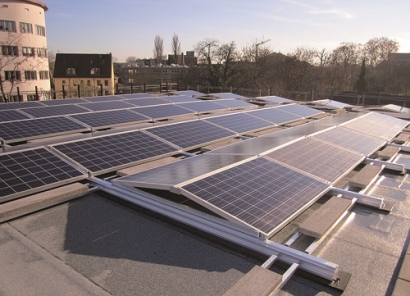
One of the main benefits of this project, according to the company, is it helps to conserve land area usually required for solar panels by utilizing the unused space of a gas station’s rooftop. The roofs of Korean gas stations are typically higher than those of adjacent structures, making them ideal for harnessing solar energy, and are also highly accessible in terms of maintenance purposes. Another positive aspect and long-term potential of this project is that the solar energy can also be used in a distributed generation system.
By installing solar panels, gas station owners will receive Renewable Energy Certification and up to 50 percent more benefits than if they were to use only conventional power sources. If all 13,000 gas stations in Korea were to be fitted with solar panels, they would be capable of generating 300MW of power, which would be enough to meet the electricity demand of about 90,000 local households every year.
Numerous companies globally have embarked on similar projects to develop solar-powered gas stations. In 2016, French energy company Total S.A. invested $300 million with the goal of installing a total of 200MW of solar panels across 5,000 service stations worldwide over the next five years. The ENOC (Emirates National Oil Company) Group announced in 2017 that it will install solar panels at all of its new gas stations, beginning with stations in Dubai.
“This exciting project is part of Hanwha Q CELLS Korea’s ongoing effort to increase the development of solar power generation and expand market demand,” said Hyun-Soo Cho, President and CEO of Hanwha Q CELLS Korea. “Solar-powered gas stations are an interesting hybrid concept.”

